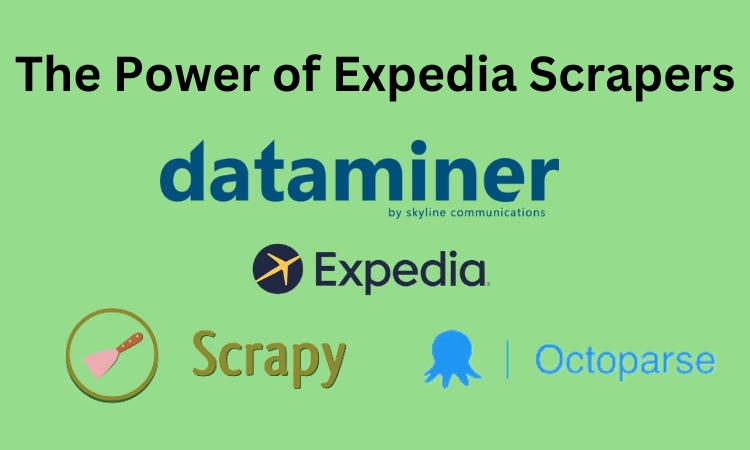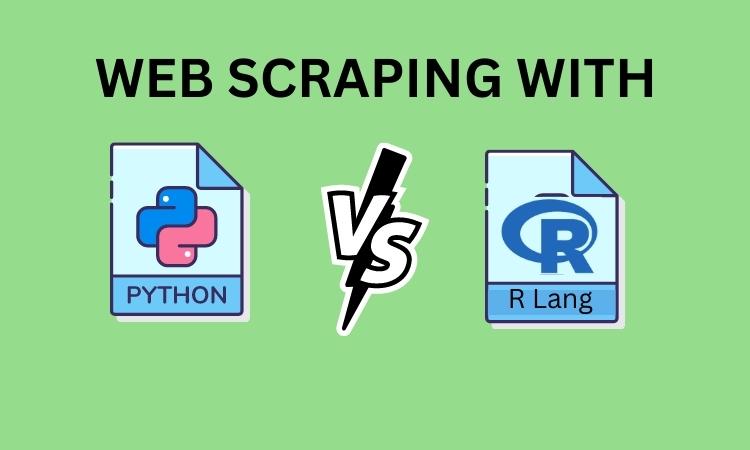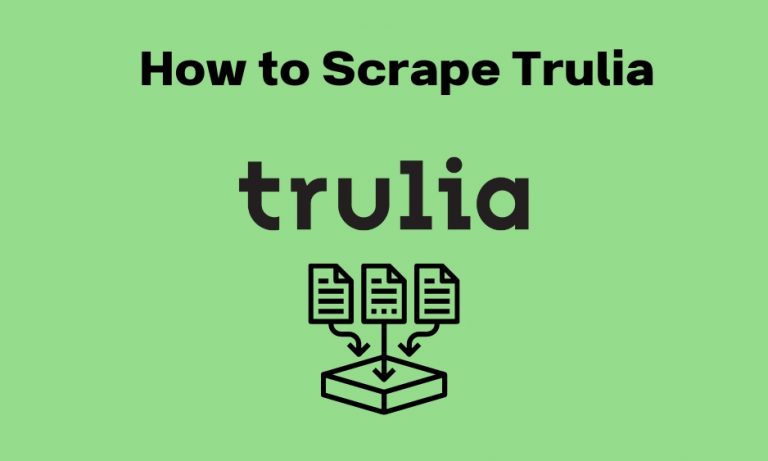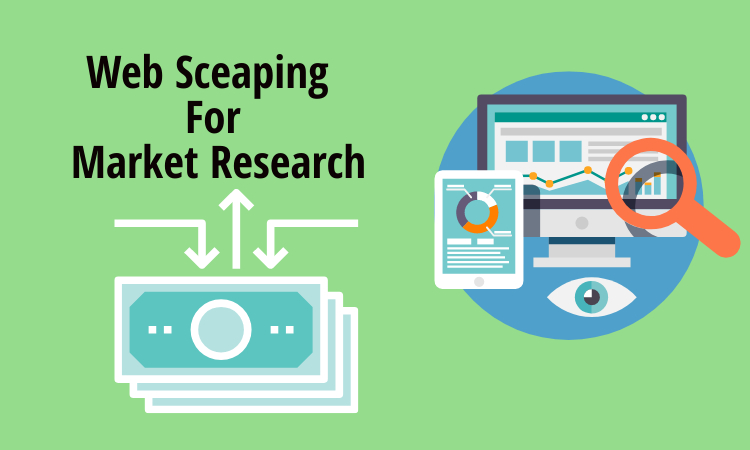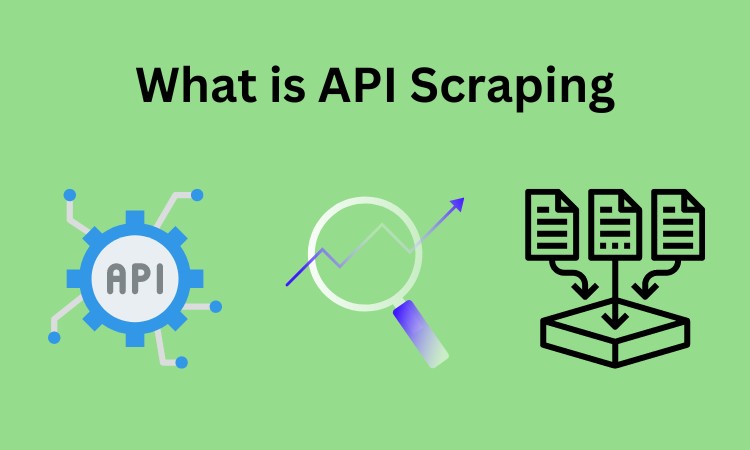Is Data Scraping Hard? The Difficulty of Data Scraping
Many individuals and businesses are turning to data scraping as a solution, but the question remains: is data scraping hard?
Data scraping involves using automated software or tools to extract information from websites, documents, or databases. Many individuals and businesses are turning to data scraping as a solution, but the question remains: is data scraping hard?
Is Data Scraping Hard?
The truth is that the difficulty level of data scraping can vary depending on a variety of factors, such as the complexity of the website being scraped, the structure of the data to be extracted, and the availability and quality of the tools and resources used. However, with the right strategies and resources, anyone can learn to scrape data effectively.
Let’s explore this topic further and find out just how difficult data scraping can be.
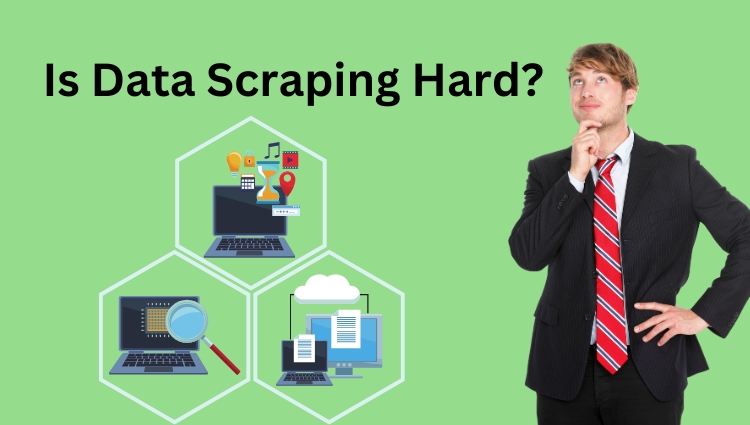
Factors that Affect the Difficulty of Data Scraping
Several factors affect the difficulty of data scraping, such as the complexity of the website, the volume of data, and the type of data. Let’s explore each of these factors in more detail:
Complexity of the website:
The complexity of the website is one of the main factors that affect the difficulty of data scraping. Some websites are straightforward and easy to scrape, while others are more complex and require advanced skills and tools. For example, scraping data from a simple blog or news website may be easy, as the data is usually structured in a standard format. However, scraping data from an e-commerce website with dynamic content and complex structures may be more challenging.
Volume of data:
The volume of data is another factor that affects the difficulty of data scraping. Collecting a small amount of data may be easy, but collecting a large amount of data may require more advanced techniques and tools.
For example, scraping data from a single web page with a few hundred records may be easy. However, scraping data from a website with thousands or millions of records may require more sophisticated scraping techniques and tools.
Type of data:
- The type of data is another factor that affects the difficulty of data scraping. Some types of data, such as text or images, may be easy to scrape. However, scraping more complex data types, such as videos or audio, may be more challenging.
Availability of quality tools and resources:
The tools and resources used for data scraping can also impact its difficulty level. Some scraping tools are more user-friendly and require less technical expertise than others, while some websites may have built-in anti-scraping measures that make it more difficult to extract data.
Legal and ethical considerations:
Finally, legal and ethical considerations can also impact the difficulty level of data scraping. In some cases, scraping data may be illegal or unethical, which can create additional challenges for those attempting to scrape data.
Common Challenges Faced in Data Scraping
While data scraping can be a valuable skill to have, it’s not without its challenges. Some of the most common challenges faced in data scraping include dealing with anti-scraping measures, handling dynamic content and JavaScript, dealing with inconsistencies and errors in the data, and managing large amounts of data.
- Captcha and Other Anti-scraping Measures
Anti-scraping measures like captchas can make it more difficult to scrape data from certain websites, requiring users to come up with creative workarounds to access the data they need. Handling dynamic content and JavaScript can also be challenging, as it requires users to understand the underlying code and adjust their scraping techniques accordingly.
- Handling Dynamic Content and JavaScript
Another challenge is handling dynamic content and JavaScript. Some websites use dynamic content or JavaScript to load data, making it more challenging to scrape the data. Users must understand how the website is coded and adjust their scraping techniques accordingly to obtain the data they need.
- Dealing with Inconsistencies and Errors in the Data
Another challenge is dealing with inconsistencies and errors in the data. Data scraping can generate large datasets, which may include incorrect, missing, or duplicated data. Users must identify and correct errors, which can be time-consuming and require technical expertise.
- Dealing with Large Amounts of Data
Finally, dealing with large amounts of data can be a challenge. Users must manage and store large datasets, which may require dedicated servers and other resources.
Tips and Best Practices for Data Scraping
Now that we have explored the factors that affect the difficulty of data scraping, let’s look at some tips and best practices to help you overcome any challenges you may encounter:
- Use the Right Tools
Using the right tools is essential for successful data scraping. There are various scraping tools available, such as Beautiful Soup, Scrap, and Selenium, each with its advantages and disadvantages. Choose a tool that best suits your needs and expertise.
- Be Respectful of Websites’ Terms of Service
Before scraping any website, make sure to read and understand its terms of service. Some websites may prohibit scraping or may require permission before doing so. Respect these terms to avoid any legal or ethical issues.
- Use Proxies and User Agents
Using proxies and user agents can help you avoid getting blocked or banned by websites. Proxies allow you to scrape from different IP addresses, while user agents can make your scraping activity appear more like a human user.
- Test and Refine Your Scraping Code
Testing and refining your scraping code is crucial for successful data scraping. Test your code on a small sample of data before running it on a larger scale. Refine your code based on any errors or issues that arise during testing.
- Monitor Your Scraping Activity
Monitoring your scraping activity can help you detect any issues or errors early on. Set up alerts or notifications to notify you of any issues, such as blocked IPs or errors in your scraping code.
- Use Data Cleaning and Processing Tools
Data scraping often results in unstructured or messy data. Use data cleaning and processing tools, such as Open Refine or Pandas, to clean and process your data into a structured format.
Conclusion:
In conclusion, data scraping can be challenging, depending on various factors such as website complexity, volume of data, and type of data. However, with the right tools, techniques, and best practices, data scraping can be a valuable tool for businesses and individuals looking to collect large amounts of data quickly and efficiently.
Remember to be respectful of websites’ terms of service, use proxies and user agents, test and refine your scraping code, monitor your scraping activity, and use data cleaning and processing tools.
Is data scraping legal?
Data scraping can be legal or illegal depending on various factors such as the terms of service of the website being scraped, the purpose of the scraping, and the type of data being scraped.
What are the most commonly used scraping tools?
The most commonly used scraping tools are Beautiful Soup, Scrap, and Selenium.
How do I choose the right scraping tool?
Choose a scraping tool that best suits your needs and expertise. Consider factors such as the website complexity, the volume of data, and the type of data.
How do I avoid getting banned while scraping?
Use proxies and user agents to avoid getting banned by websites. Proxies allow you to scrape from different IP addresses, while user agents can make your scraping activity appear more like a human user.


